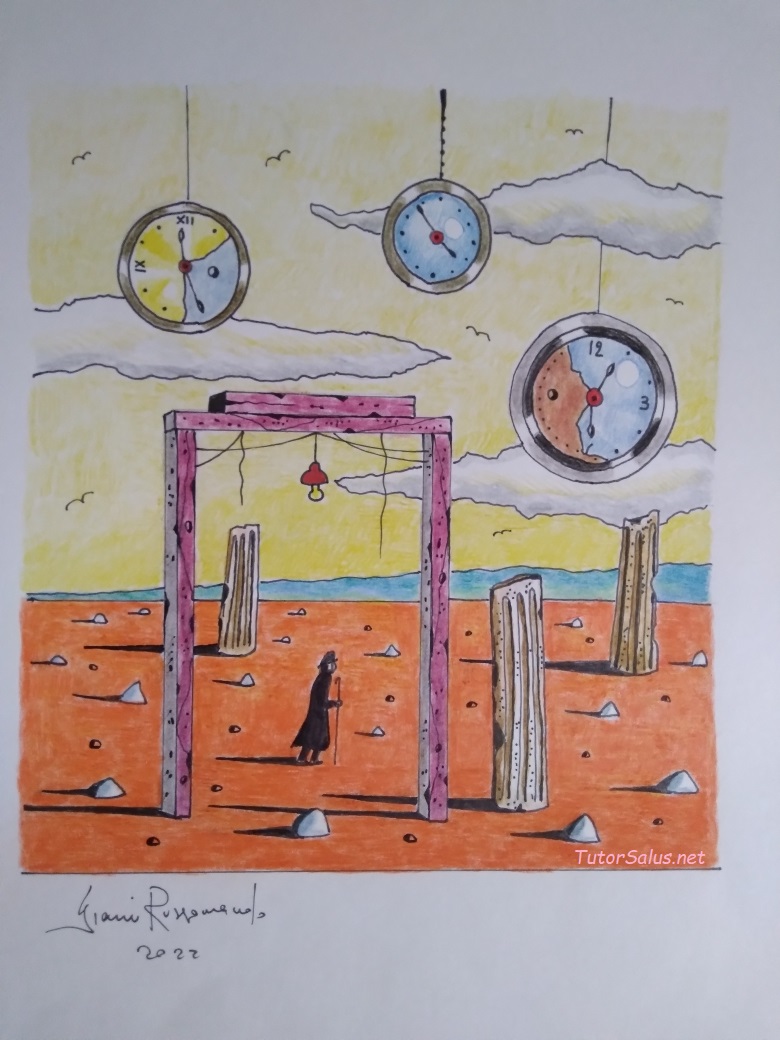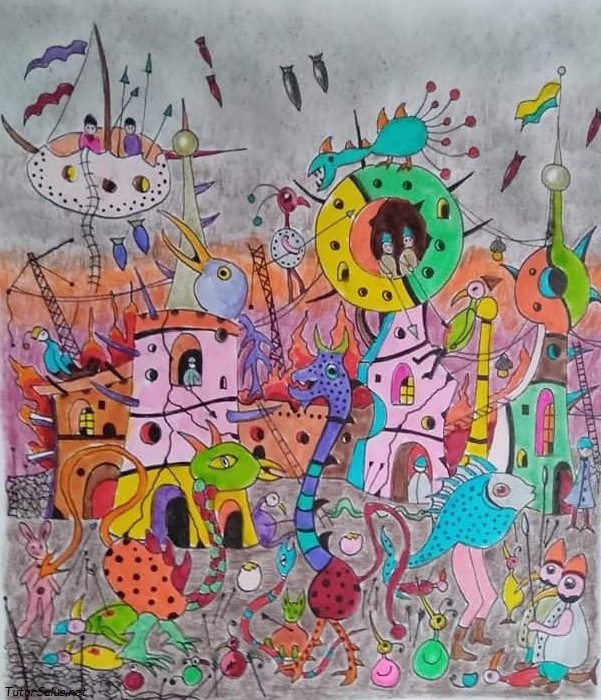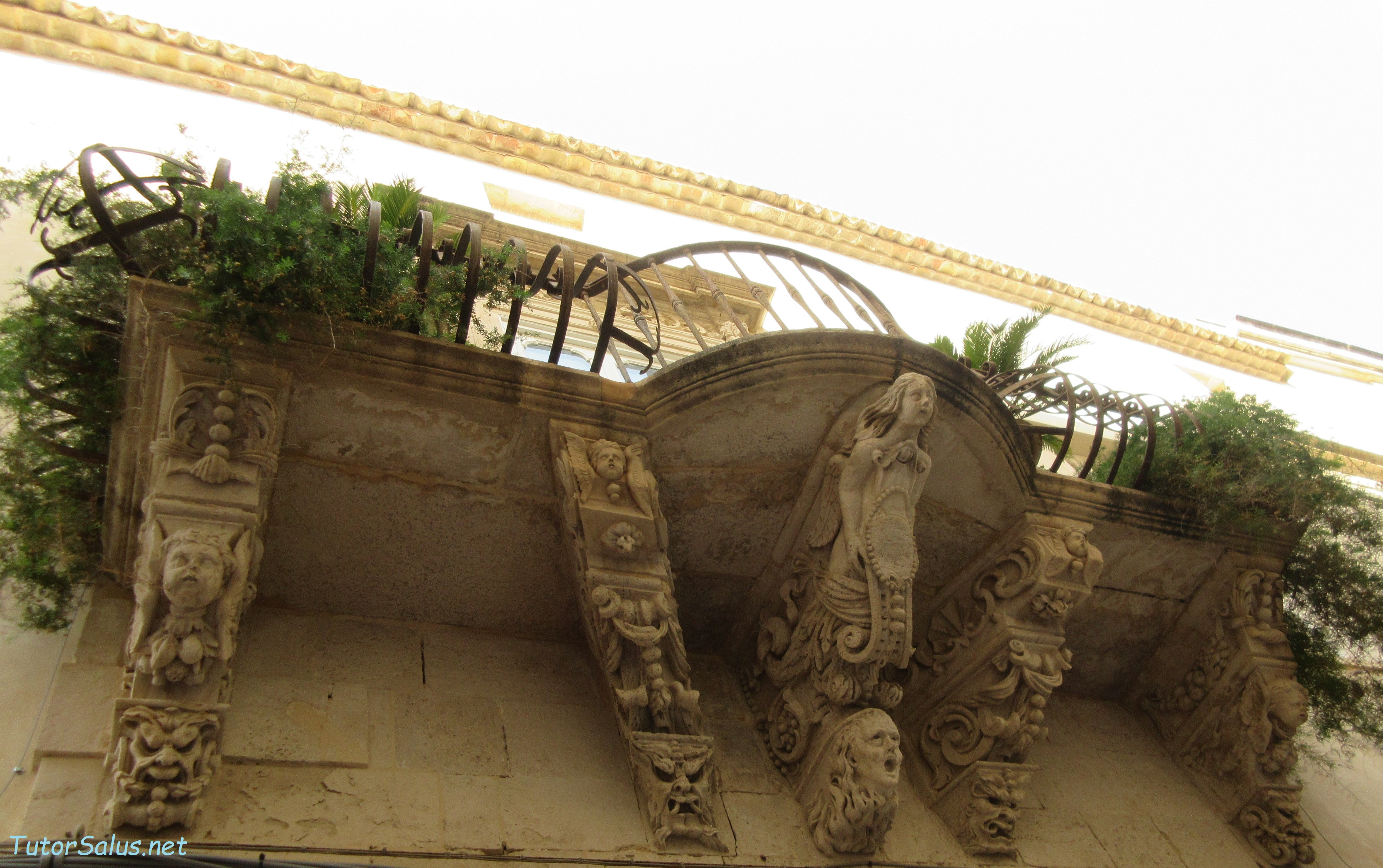Work on work.

In the picture, the pantesco Garden in Pantelleria (Sicily), which F.A.I. Fondo Ambiente Italiano received as a donation in 2008 from the Winery ‘Donna Fugata Srl’ : the special garden was necessary since XVI century to prevent scurvy, a disease strucking mainly the sailors, because it allowed the citrus to grow and strengthen until it could be eaten. Open to both the sun and the night air, but well protected from harsh sea winds of the little island, thanks to the porosities of the lava stone, all around disposed according to firm technical rules and able to take its roots into the richest soil of Pantelleria, the same tree could take oranges and lemons up to four different qualities. The microclimate of the pantesco Garden infact enjoys both a fair temperature and humidity only granted by the night condensate and the few rains on the island.
To benefit from one’calling [1] / 6.
Freud found that the drive can be portrayed[2] : the start up[3] indeed performs its benefit[4].
Marina Bilotta Membretti / Cernusco sul Naviglio June 8, 2022
[1] www.tutorsalus.net/index.php/en/pensare-da-partner-2/358-psychoanalyst-and-profession-1
[2] ‘Compendio di psicoanalisi’ S. Freud (1938) – Bollati Boringhieri (1980).
[3] ‘Il pensiero di natura’, Giacomo B. Contri (1998) SIC Edizioni p.194 ‘La formula della legge di natura’.
[4] In ‘Aldilà del principio di piacere’ (1920) Freud notes : “following with sobriety the thought of Darwin” that “…the benefit received from amphimixes has been then kept and used”. OSF Bollati Boringhieri Vol. IX p. 242




